Israel’s refusal to fully withdraw from Lebanon on Feb.18 was hardly a surprise. By maintaining a presence in five key border areas, the Israeli government has ensured that Hezbollah – an organization that has been struggling to maintain its legitimacy and survival – is handed the very lifeline it needed to reassert itself. History has shown that Hezbollah survives in the context of conflict, and Israel’s latest occupation tactics are poised to fuel yet another resurgence.
On Feb. 23, Hezbollah held the funeral of its long-time secretary-general, Hassan Nasrallah, who was assassinated in an Israeli airstrike on Sept. 27 of last year. Rather than signaling a decline in the group’s influence, the funeral was a spectacle of power – certainly an opportunity for Hezbollah to reaffirm its support within Lebanon’s Shiite community. Many supporters of Hezbollah had been claiming that the group would emerge stronger than ever. They may not be wrong. After all, Hezbollah was born out of the turmoil of Israel’s 1982 invasion. Now, decades later, Israel is once again creating the very conditions that could lead to the group’s revitalization.
Clutching to life
Southern Lebanon bears the scars of Israel’s latest campaign. The withdrawal from select areas was accompanied by calculated destruction – Israeli forces ensured that homes left standing were burned to the ground before their exit. Towns like Kfar Kela have been reduced to rubble, and phosphorous bombs have ravaged the farmland that sustains local communities. What Israel envisions is an undeclared “no-man’s land” along the border, a strategic buffer zone meant to discourage Lebanese civilians from returning. By maintaining control over five strategic positions, Israel hopes to insulate its northern settlements from Hezbollah’s reach.
Yet, this occupation serves a dual purpose. One, Israeli forces operating inside Lebanese borders give the military a free hand to run intelligence operations. Lebanese airspace is freely traversed by Israeli surveillance aircraft, which often exceed the speed limit to cause panic among the people. Israel is emboldened to operate as it so wishes in the absence of any significant international restrictions. The impunity with which it has razed Gaza serves as a precedent – if Israel can violate international law without consequence there, why would Lebanon be any different? Israel’s strategic calculus, on the other hand, could be wrong. The pain caused in Lebanon will only fuel the very opposition that Hezbollah prospers from. Though Hezbollah has been financially and militarily debilitated, it always finds more recruits when the Lebanese population is attacked by Israel. Instead of neutralizing the group, Israel’s deeds could ironically be facilitating its resurgence. Understanding Hezbollah’s future requires a close look at its past.
Hezbollah’s past, present
Responding to the Israeli occupation of 1982, Hezbollah grew from a scant free network of resistance fighters into a formidable paramilitary force. Although the 1979 Iranian Revolution provided ideological and financial backing, it was Israel’s continued aggression that gave Hezbollah its raison d’etre. The group’s legitimacy has been deeply rooted in its projected role as “Lebanon’s defender” against Israel’s aggression. However, Israel’s unilateral withdrawal from Lebanon in 2000 fundamentally changed the pretext of Hezbollah’s existence as a resistance group, which compelled it to pivot toward politics. When Syrian forces withdrew from Lebanon in 2005, Hezbollah saw an opportunity – embedding itself within Lebanon’s government, it could protect its military wing from domestic and international pressure. The 2008 Doha Agreement further augmented its grip on power, allowing the group to leverage its military strength for political dominance. But, this shift came at a cost: Hezbollah’s transformation into a political powerhouse also exposed it to Lebanon’s endemic corruption, and over time, its image as a “clean” resistance movement eroded.
The group’s expanding regional ambitions further alienated its former supporters. While its confrontations with Israel once earned it broad sympathy in the Arab world, Hezbollah’s intervention in Syria’s civil war on behalf of Bashar Assad turned many against it. What was once seen as a righteous resistance movement had become a mere extension of Iran’s regional influence. Its growing entanglement in drug trafficking and organized crime only reinforced perceptions of corruption. By 2023, Hezbollah found itself at an inflection point. Israeli intelligence had begun dismantling the organization from within, using sophisticated tactics – including booby-trapped communication devices – to eliminate key leaders. Israel’s broader offensive on Lebanon last year, coupled with its military campaign in Gaza, put Hezbollah in an increasingly precarious position. It was overstretched, politically vulnerable and struggling to justify its existence to a disillusioned Lebanese public. The loss of Syria as a conduit for Iranian weapons and financial support has compounded Hezbollah’s struggles, leaving it in what some analysts describe as its weakest position in decades. Hezbollah’s political grip on Lebanon has also loosened. Once able to dictate government formations and appointments, the group has found itself sidelined.
Path to redemption
But now, the group has been offered a path to redemption – one paved by Israeli miscalculation. The devastation in southern Lebanon has provided Hezbollah with the very grievances it needs to rebuild. A population robbed of its homes, its land rendered uninhabitable, its sovereignty violated –these are the ingredients of resistance. Hezbollah’s leadership understands this. At the same time, it has adopted a more pragmatic approach to governance, backing the military chief Joseph Aoun for president and begrudgingly lending support to the new government. Though Hezbollah-affiliated media have criticized the government’s composition, accusing foreign powers of orchestrating its formation to marginalize the group, the reality is that Hezbollah currently lacks the means to resist these changes.
However, the group may indeed emerge stronger, not because of its military capabilities but because Israel has once again handed it a narrative of righteous struggle. This path carries with it risks. The probability of another major war becomes all but guaranteed if Hezbollah does indeed remake itself as a resistance force. Israel’s current government, emboldened by the full-throttle support of the Trump administration, is not expected to choose de-escalation. Israel will certainly retaliate to any signs of renewed military resistance by Hezbollah with a far more terrible military counterattack – one that might engulf Lebanon in a more destructive war.
If the United States is sincerely committed to stability in the region, it must put an immediate stop to Israel’s unabated territorial expansion. The persistent Israeli presence in Lebanon, along with selective killings and aerial breaches, will not eliminate Hezbollah. It is inversely breathing a new life into it. Hezbollah will grow stronger with the continued Israeli occupation of territories in southern Lebanon. Should Washington desire the group to be dismantled in the long run, the only practical answer is to strengthen the Lebanese state itself. Lebanon, strong and free from both Israeli control and Iranian influence, would naturally make Hezbollah redundant. However, at the moment, Israel’s stances are precisely the opposite. By feeding hate and continuing cycles of devastation, it is making sure that Hezbollah will be seen by many Lebanese as not only relevant but also vital. If the ultimate goal is a Lebanon without Hezbollah, then the path forward is clear: Israel must withdraw, and Lebanon must be allowed to rebuild on its own terms. Anything less than this will just make sure Hezbollah persists – and with it, the next war.

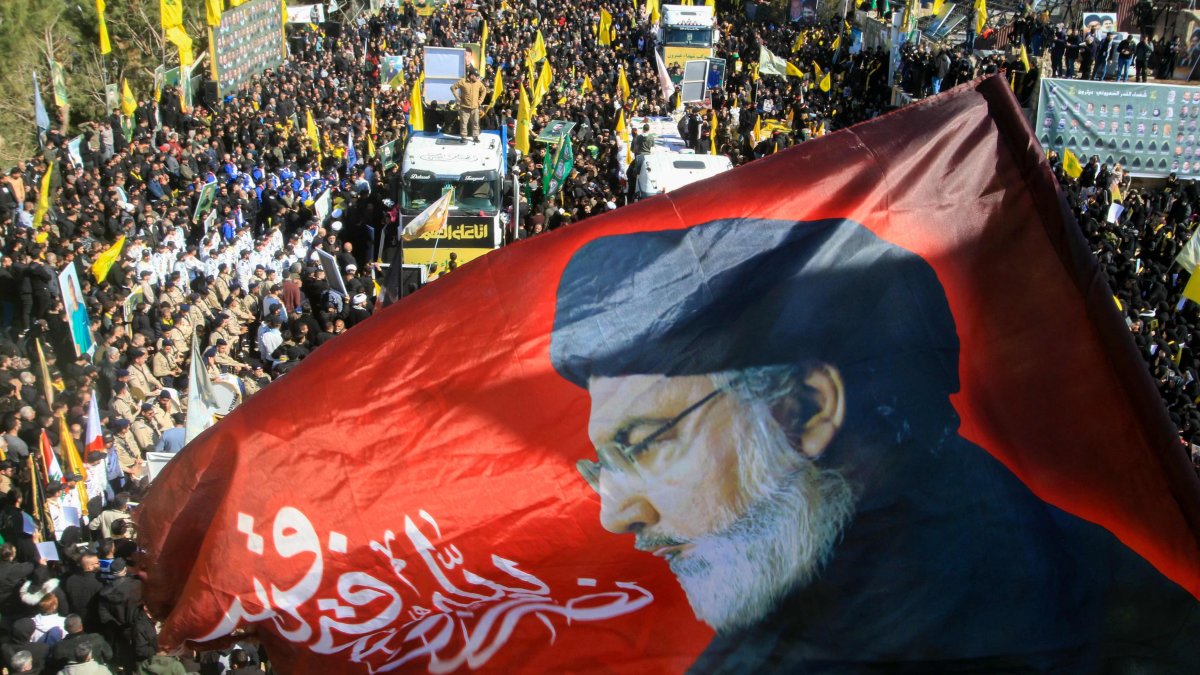
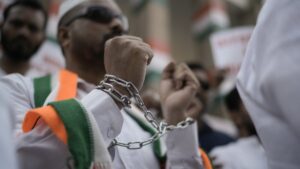

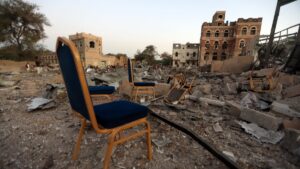
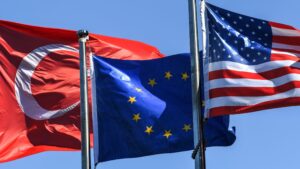
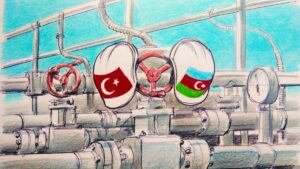

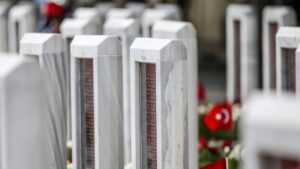



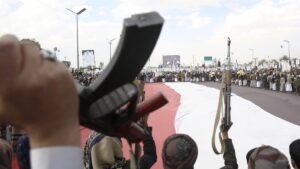

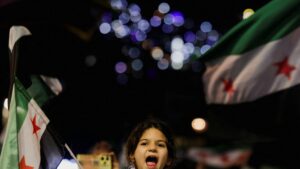


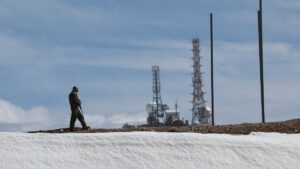

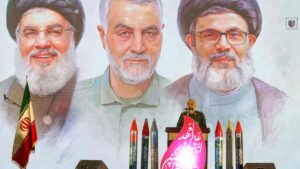

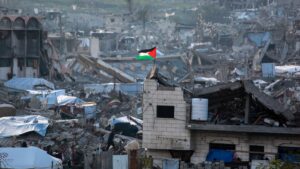
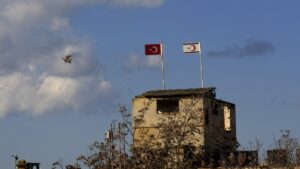
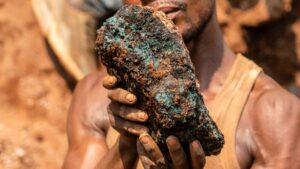
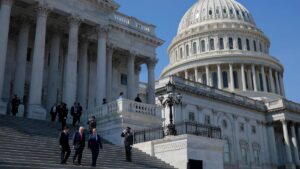
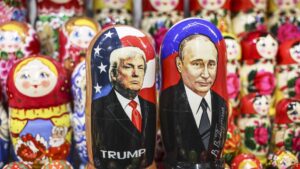
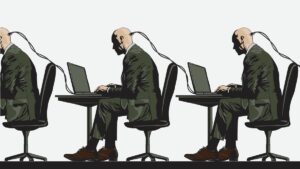



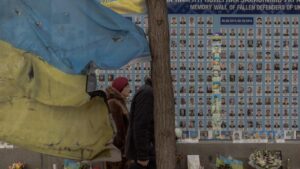

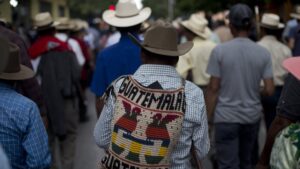

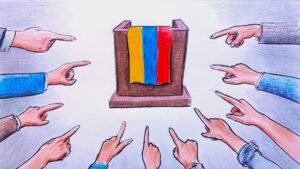
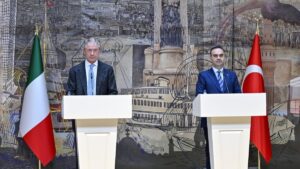
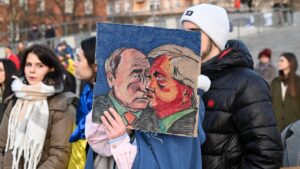

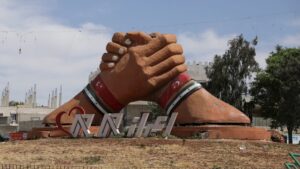

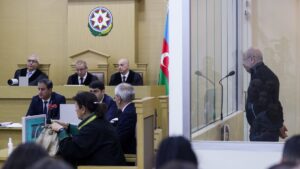
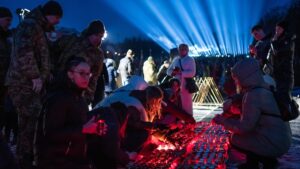
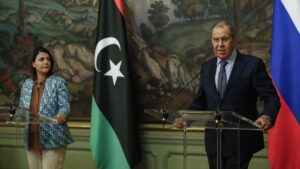
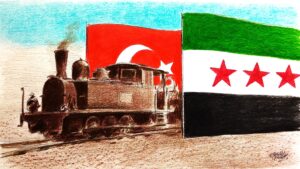
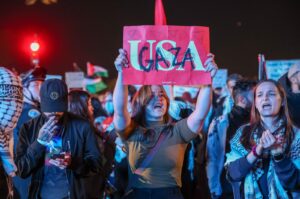
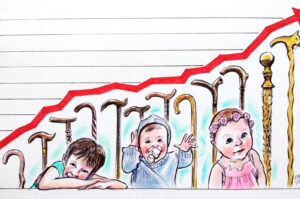
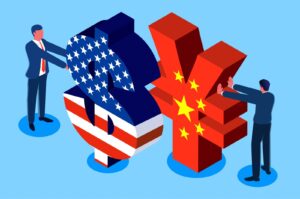

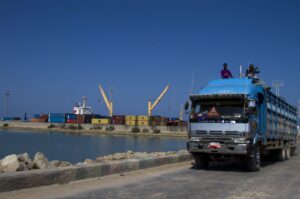



Be First to Comment